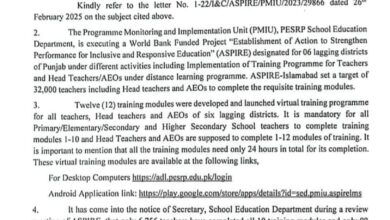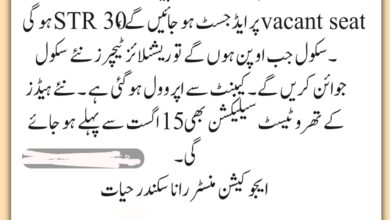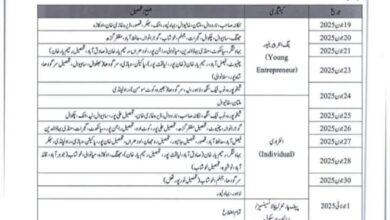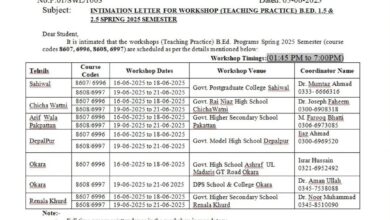Rationalization Policy Overview
Contents
Rationalization Policy Overview
Rationalization in the education sector involves the strategic redistribution of teachers to ensure optimal staffing across schools. This article outlines the key points of the rationalization policy, focusing on its implementation guidelines, exemptions, and operational details.
Key Guidelines for Rationalization
The rationalization process follows a structured approach to ensure fairness and efficiency in teacher allocation. Below are the critical points:
- SIS Portal Data: The rationalization number, which determines the number of teachers to be redistributed, is sourced from the School Information System (SIS) portal.
- Seniority-Based Selection: Teachers with the longest tenure in a school are prioritized for rationalization to balance experience across institutions.
- Geographical Prioritization: The process begins at the cluster level, followed by the tehsil level, to ensure localized adjustments before broader redistributions.
- Distance Metrics: A “mile” is defined as 40 kilometers, with a radius of 15 kilometers per mile used for calculating proximity in transfers.
- Teacher-Student Ratio: A ratio of 1 teacher to 30 students is considered to maintain educational quality and manage classroom sizes effectively.
- Hardship Exemptions: Teachers facing documented hardships are exempt from rationalization to support their well-being.
- Exemption for Married Female Teachers: Married female teachers who have been transferred are also exempt, recognizing their unique circumstances.
Rationalization Criteria Table
The following table summarizes the key criteria for the rationalization process:
| Criteria | Details |
|---|---|
| Data Source | Rationalization number obtained from the SIS portal |
| Selection Basis | Longest-serving teachers in a school are prioritized for rationalization |
| Geographical Scope | Cluster level first, followed by tehsil level |
| Distance Definition | 1 mile = 40 km, with a 15 km radius per mile for proximity calculations |
| Teacher-Student Ratio | 1:30 ratio to ensure balanced classroom management |
| Exemptions | Teachers with hardships and married female teachers who have been transferred |
Frequently Asked Questions (FAQs)
Q1: What is the source of the rationalization number?
The rationalization number is retrieved from the School Information System (SIS) portal, ensuring accurate and up-to-date data.
Q2: How is seniority determined for rationalization?
Seniority is based on the length of tenure a teacher has served in a specific school, with the longest-serving teachers considered first.
Q3: What is the significance of the cluster and tehsil levels?
The process prioritizes adjustments within a cluster before expanding to the tehsil level, ensuring minimal disruption and localized solutions.
Q4: How is distance calculated in the rationalization process?
Distance is calculated using a standard where 1 mile equals 40 kilometers, with a 15-kilometer radius per mile for proximity assessments.
Q5: Who is exempt from rationalization?
Teachers with documented hardships and married female teachers who have been transferred are exempt from the rationalization process.
Conclusion
The rationalization policy is designed to optimize teacher distribution while considering fairness, educational quality, and individual circumstances. By using data from the SIS portal, prioritizing seniority, and factoring in geographical and ratio-based criteria, the policy ensures efficient staffing. Exemptions for teachers with hardships and married female teachers reflect a commitment to equity. This structured approach fosters a balanced educational environment, benefiting both teachers and students.

Government schools teachers rationalization policy 2025 rules





